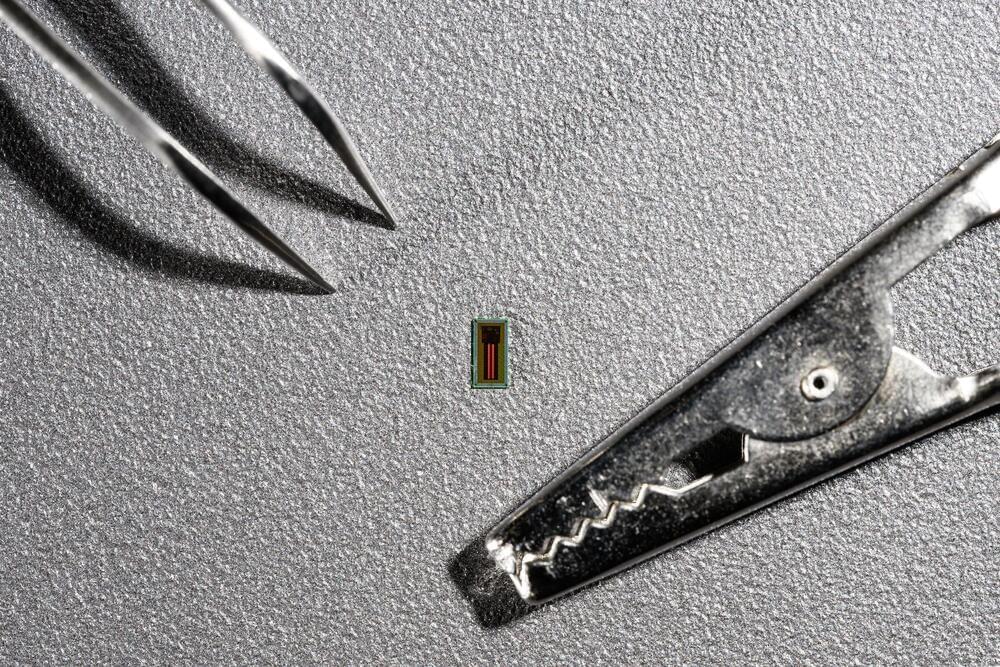Aug 29, 2024
Fusion’s New Hero: The Liquid Metal That Beats the Heat
Posted by Shubham Ghosh Roy in categories: computing, nuclear energy
Scientists at the Princeton Plasma Physics Laboratory are pioneering the use of liquid lithium in spherical tokamaks to enhance fusion performance.
Recent computer simulations suggest the optimal placement of lithium vapor to protect the tokamak’s interior from intense plasma heat. Innovative configurations, such as the lithium “cave” and porous plasma-facing walls, aim to simplify the design and improve heat dissipation, contributing to the future of fusion energy.
Continue reading “Fusion’s New Hero: The Liquid Metal That Beats the Heat” »


















